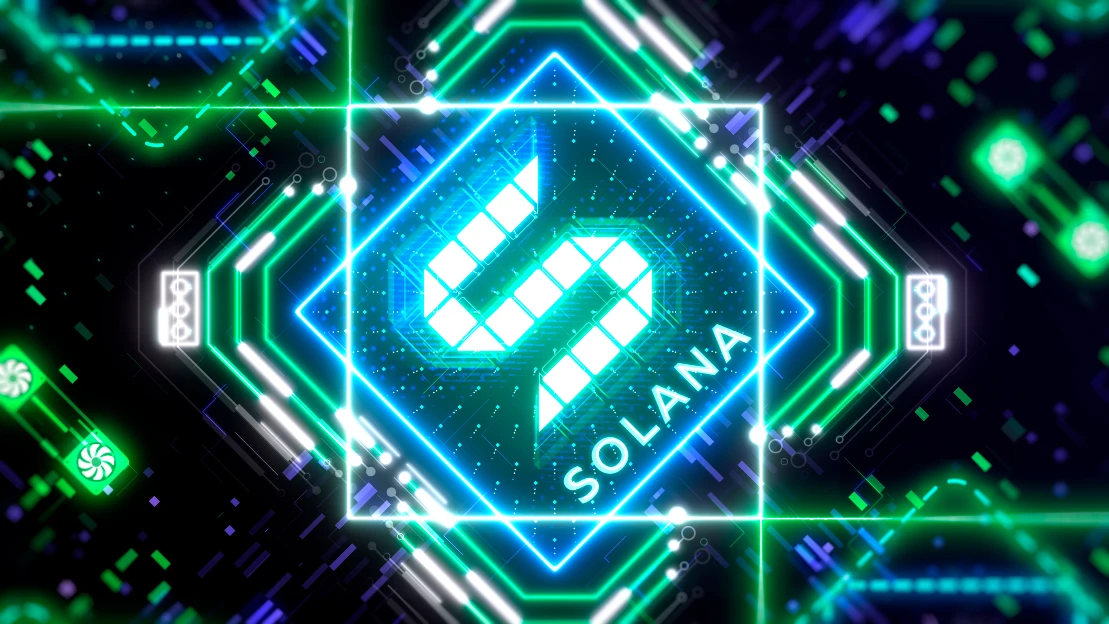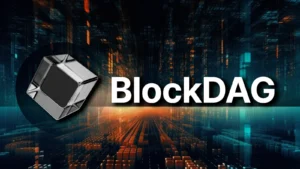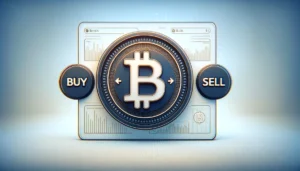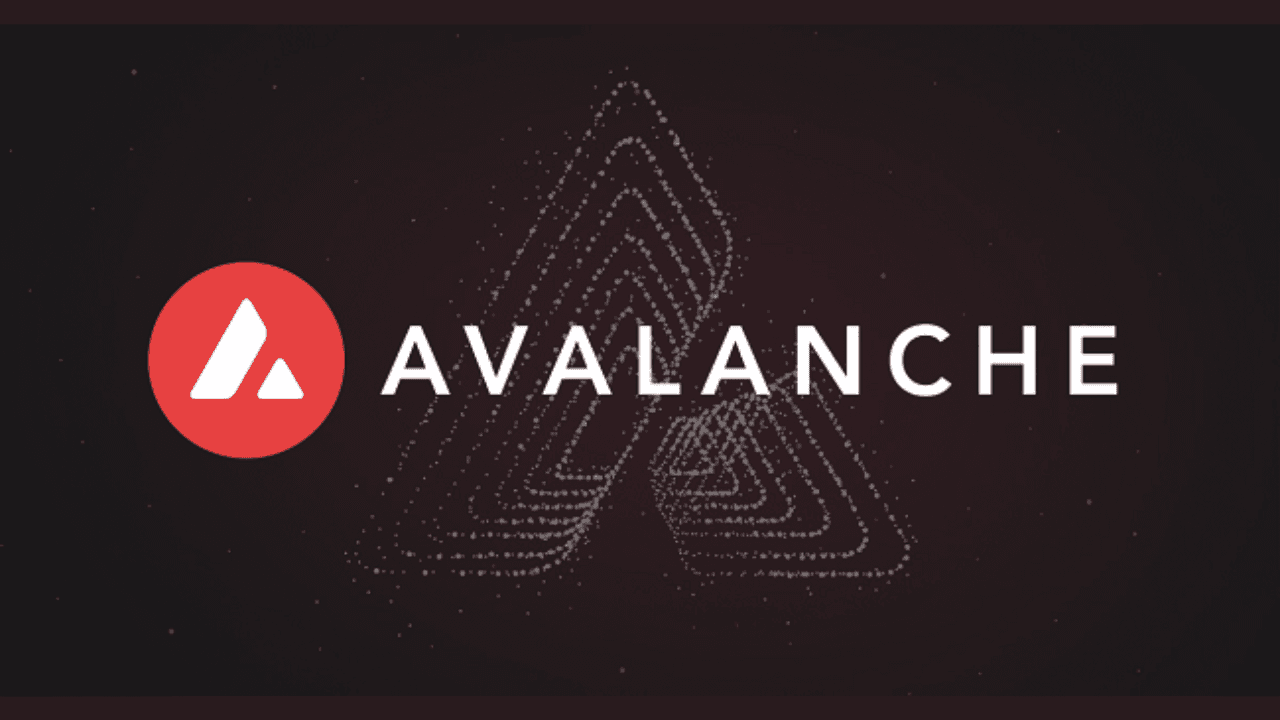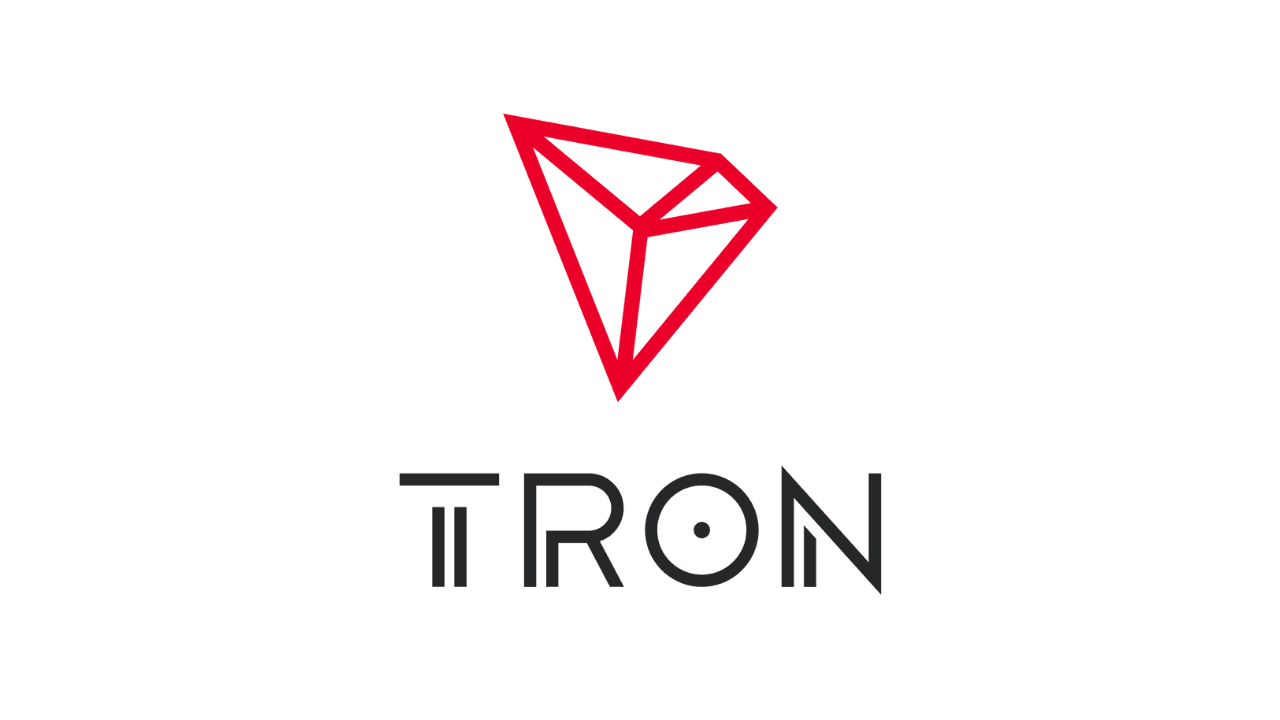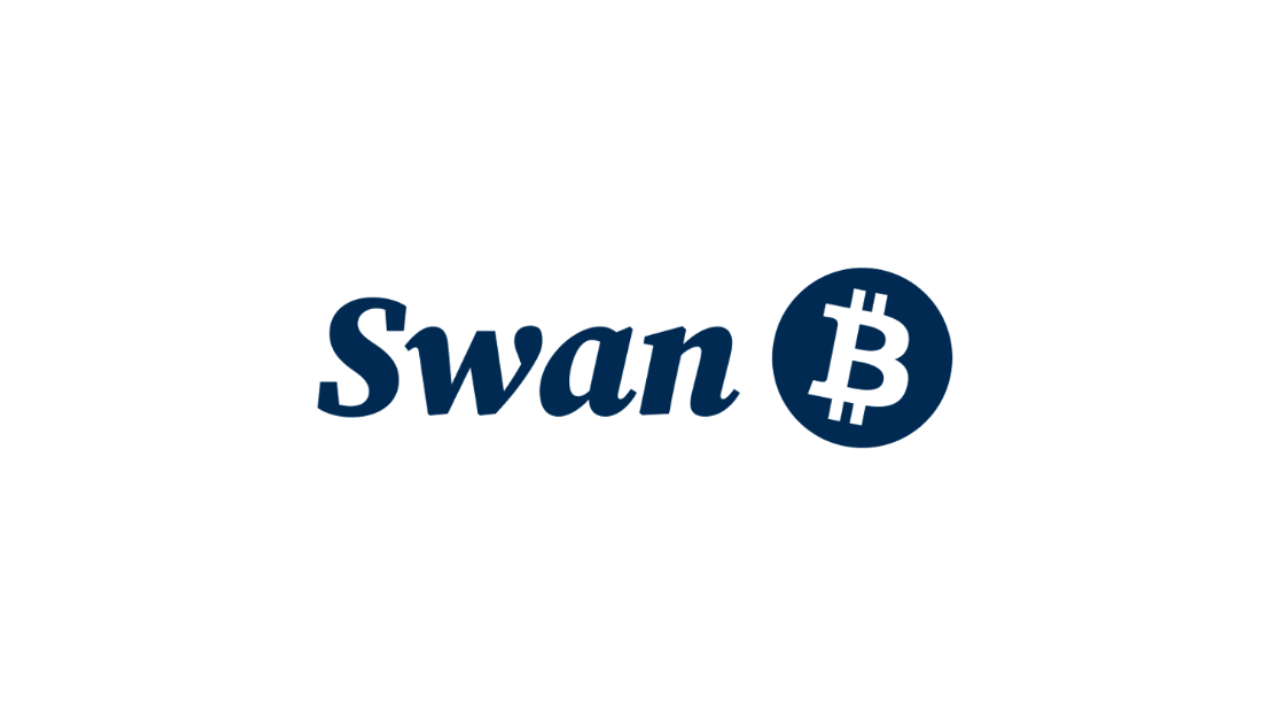
Solana is one of the very few blockchains that have gained prominence and massive adoption within a very short span. Solana’s popularity is thanks to its energy-efficient and scalable ecosystem that also boasts smart-contract compatibility. Also, the network’s excellent infrastructure has placed it as a leading rival against other similar blockchains like Cardano and Ethereum, where Solana is known as a major Ethereum Killer.
This write-up covers different aspects of the Solana ecosystem, how it compares with Ethereum, and some criticisms about Solana working design.
Table of Contents
ToggleWhat is Solana?
Solana is a permissionless, open-source blockchain that perpetuates a high-speed and scalable system while keeping costs minimal. The project adopts an intuitive hybrid consensus protocol which is based on the unique proof-of-history algorithm and a distinctive version of proof-of-stake. Consequently, Solana claims a theoretical throughput of 65,000 to 71,000 transactions per second with almost zero fees and no help from an additional scaling solution.
Most importantly, Solana is structured to accommodate smart contracts, including Non-Fungible Tokens (NFTs) and other decentralized applications (dApps). The network also supports a wide range of DeFi platforms and decentralized marketplaces.
Solana’s blockchain was initially constituted in 2017 by Anatoly Yakovenko alongside Raj Gokal. Following a series of testnet phases, Solana’s main network with SOL token was launched to the public in 2020.

Understanding Solana ecosystem: How does it work?
Solana combines the innovative proof-of-history mechanism with Tower BFT and proof-of-stake to accomplish scalability and consensus.
PoH functions like a cryptographic clock and generates a digital record confirming the order of blockchain transactions. This system is designed in a way that slot leaders forward the transactions to all other validators in real-time instead of streaming them after the completion of the whole block. The timestamps on transactions, which are the core of proof-of-history protocol, ensure that nodes can sequence the transactions within a block correctly even if they aren’t streamed in chronological order.
Besides PoH, Solana integrates the proof-of-stake mechanism where validators are selected to verify and add transactions on blocks based on their “staked” coins. The Solana crypto, SOL, is used for staking purposes and is locked in the system to support blockchain functionality. The network participants are, in turn, rewarded for validating the transactions and maintaining the security of the Solana ecosystem.
Further, note that the proof-of-history protocol also relies on the Tower Byzantine fault tolerance (BFT) algorithm (an optimized rendition of practical BFT) while simultaneously utilizing the PoS mechanism. These three interconnected protocols work together to make the Solana network more secure and fast with high numbers of TPS.
What features make Solana unique?
Solana stands out in the blockchain space with its smart contracts affinity and cheap & high-speed transactions.
It tackles the blockchain trilemma – decentralization, security, and scalability – due to its adoption of a hybrid consensus mechanism or, more specifically, the proof-of-history protocol. The network largely focuses on the scalability domain by sacrificing a portion of its decentralization. Solana manages to do so via the leader nodes that are chosen based on the PoS mechanism and time stamp transactions between nodes.
As a result, the Solana network can supposedly handle more than 65,000 transactions per second, where the costs per transaction are as low as a fraction of a cent. In contrast, some blockchains enact high decentralization, but in return, they mainly suffer from congestion or queuing problems, as verifying transactions take much more of their time.
Moreover, the Solana ecosystem allows investors to generate a passive income via staking their SOL coins. Interested parties can also develop decentralized apps, blockchain-based games, DeFi platforms, and mint & trade NFTs on the Solana blockchain.
SOL: The Solana crypto
Solana crypto, SOL, is the native coin of the network that maintains its security and serves as a medium of exchange.
As of October 12, 2022, SOL has a circulating supply of 357,458,896.29 SOL and a total supply of over 511 million, which is not the maximum supply. Solana crypto is currently ranked among the top 10 cryptocurrencies on CoinMarketCap, with a market cap exceeding USD 11 billion.
Solana vs. Ethereum
Solana and Ethereum are often compared with each other due to their smart contracts and DeFi compatibility. While Ethereum evidently rules over the DeFi/dApps market with a TVL that is almost 95% higher than Solana, the latter is hailed for its remarkable speed of transactions and notable performance. Solana s able to process transactions with a speed of over 65,000 TPS compared to Ethereum’s 15-30 TPS. Moreover, Solana is highly cost-effective, with transaction fees averaging $0.00025, in contrast to Ethereum, which extends high gas fees.
However, with the Ethereum Merge going live, the consensus protocol discrepancy between the two platforms has vanished as Ethereum is also now powered on the energy-efficient PoS mechanism. Although Ethereum is on the road to improving scalability and curtailing the gas fees, it is believed that the smart contract platform won’t be solving the scalability issue (via sharding) anytime soon despite the massive upgrade.
Some criticisms regarding the Solana ecosystem
Solana has encountered several criticisms over the course of years; the most recent ones are centered around the latest series of hacking attacks, compromised Solana wallet security, and coin thefts.
The most prominent concerns about Solana include the non-transparency about SOL’s (Solana crypto) maximum supply and its increasingly centralized design. Arguably, more than 50% of SOL tokens are owned by some insiders and venture capitalist firms, while only around 38% supply is reserved for the community. Further, while the Solana ecosystem has over 2,000 validators, more than one-third of the cumulative stake is concentrated toward 25-30 validators. This approach hints at enhanced centralizations where a relatively small number of nodes hold control over verifying more than a third of Solana’s transactions.
Moreover, Solana has also been coming into the headlines regularly regarding the online attacks on its wallets. Just recently, in August, more than 7500 wallets were compromised, where the bad actors took off with millions of dollar worth of crypto. Also, around $320 million were stolen from Wormhole in February 2022. Moreover, the network went down for more than 17 hours last month because of increased unusual traffic.
However, the Solana creators are owning up to the issues and have explained that the blockchain is still a beta version of the mainnet, so it will take some time to fully seal all vulnerabilities. And despite the outages, the Solana ecosystem is fastly expanding as crypto enthusiasts are swarming to take advantage of this low-cost and scalable smart contract-compatible platform.
Read more:
http://thetradingbay.com/solana-vs-avalanche-is-avax-better-than-sol/
http://thetradingbay.com/what-is-polygon-matic-a-detailed-guide-to-polygon-crypto-network/

